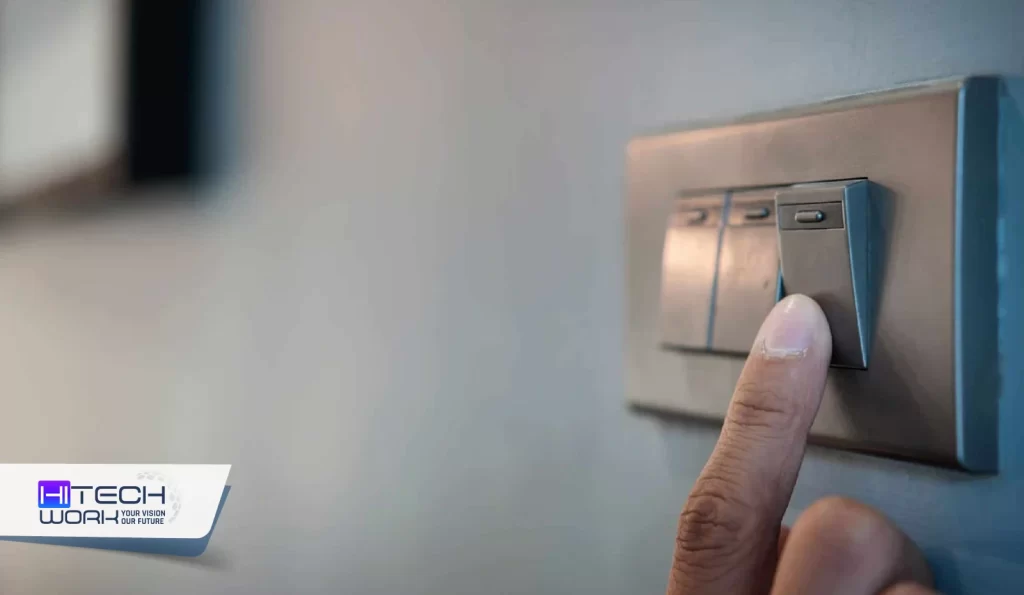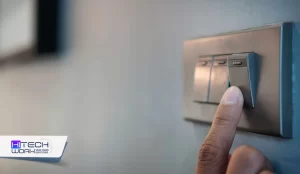Lighting is an essential part of our homes, both for functionality and ambiance. But what happens when a light switch isn’t where you need it to be? Whether you’ve renovated a room, moved furniture around, or just realized that a light switch in the wrong spot can be a huge inconvenience, light switch relocation can make a world of difference. Let’s dive into the reasons you might consider relocating a light switch Relocation and how you can do it safely and efficiently.
Why Relocate a Light Switch?
There are a number of reasons why you might consider relocating a light switch, and not all of them are due to bad design or mistakes. In fact, many homeowners choose to move their switches to make their space more functional, stylish, or accessible.
· Improved Functionality
Have you ever walked into a room and found that the light switch is on the opposite side of the door, forcing you to fumble around in the dark? If so, you’re not alone. Moving the switch to a more convenient location can save you time and prevent those awkward moments. It’s especially helpful in larger spaces like living rooms, kitchens, or hallways where you might find yourself walking long distances just to reach the switch.
· Design and Aesthetics
Sometimes, the layout of your furniture or the design of your room can make a light switch feel out of place. Whether it’s an overly bulky switch that disrupts the flow of a minimalist room or a switch positioned awkwardly in relation to your new furniture arrangement, relocating it might be just the thing you need to enhance the room’s aesthetic.
· Better Accessibility
For those with mobility challenges, accessibility can be an important consideration. Moving a light switch to a lower or more reachable position might make a huge difference in daily convenience. In some cases, you may even want to move a switch to a location that’s more easily accessible for children or elderly members of your household.
· Safety Concerns
If the current location of your light switch feels unsafe, such as being near water sources or in an area where it could be easily bumped or damaged, it may be time to relocate it. This is especially true in bathrooms or kitchens where safety is of utmost importance. Relocating a switch to a more secure, less hazardous location ensures peace of mind for all.
How to Relocate a Light Switch
Now that you understand why light switch relocation might be a good idea, let’s take a closer look at how you can tackle the project. Although it can seem intimidating at first, this is a project that is definitely within reach for a DIY enthusiast. However, keep in mind that electrical work can be dangerous, and if you’re not confident in your abilities, it’s always best to hire a licensed electrician.
· Turn Off the Power
Before doing anything, safety comes first. Always turn off the power at the circuit breaker to avoid the risk of electrical shock. Double-check with a voltage tester to ensure the power is completely off.
· Remove the Existing Switch
Using a screwdriver, remove the faceplate and the screws holding the switch in place. Once the switch is exposed, you’ll need to disconnect the wiring from the old switch. Typically, there will be one or two screws that connect the wires. Make sure to note where each wire goes, as you’ll need to reconnect them to the new switch.
· Plan the New Location
Decide where you want the new switch to be located. Before proceeding, check the location to ensure there are no obstructions like plumbing, studs, or other wires in the way. You’ll need to install a new electrical box to house the switch, and it’s essential that the location is clear.
· Run the Wiring
Next, you’ll need to run new wiring from the old switch location to the new one. Depending on your home’s structure, this may involve cutting holes in the walls to pull the wire through. This part can be a bit tricky, and it’s important to make sure all wiring is up to code. You may need to use a fish tape to guide the wire through tight spaces or across studs.
· Install the New Electrical Box
Once the wiring is in place, you can install the new electrical box. The box should be securely fastened to the wall studs. Make sure it’s at the appropriate height and positioned in a way that allows easy access to the switch.
· Wire the New Switch
Now, it’s time to wire the new switch. Connect the wires to the new switch as they were connected to the old one. Ensure each wire is properly secured and that there are no exposed wires. Once the switch is wired, secure it in place and install the new faceplate.
· Test the Switch
Before you put everything back together, it’s time to test the new switch. Turn the power back on at the circuit breaker and flip the switch to make sure it works as expected. If everything is functioning correctly, you’re almost done.
· Patch the Old Hole
After confirming that the new switch is working, you can patch up the old hole in the wall where the previous electrical box was. Use drywall mud and a patching kit to fill in the space, and then sand and paint the wall to restore its appearance.
Hiring an Electrician: When It’s a Good Idea
If at any point during the project you feel uncomfortable or unsure about your ability to handle the electrical work, don’t hesitate to call a professional. Hiring an experienced electrician ensures that the job is done safely and up to code. It’s especially important if you’re dealing with complex electrical systems or if you’re unsure how to work with the wiring.
Conclusion
Relocating a light switch can be a simple but impactful way to improve the functionality, safety, and aesthetics of your home. Whether you’re looking for more convenience, better accessibility, or just want a design upgrade, this small change can make a big difference in how you use and experience your living spaces. With the right preparation and care, light switch relocation can be a satisfying and practical DIY project—or you can bring in an electrician to make sure it’s done right. Either way, you’ll enjoy the benefits of a more thoughtfully designed home!













